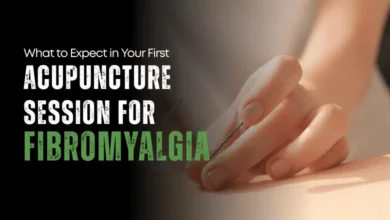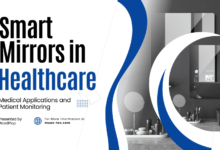What is a Subcutaneous ICD and How Does it Work?

Have you heard of a subcutaneous ICD?
It’s a special kind of device doctors use to help people’s hearts beat the right way. Unlike other heart devices, it sits just under the skin and not inside the heart.
It’s smart enough to notice when the heart is beating too fast or in a weird way. If something goes wrong, it sends a small shock to get the heart back on track.
Keep reading to learn how it can prevent serious problems and even save lives. It’s an amazing tool for keeping hearts healthy!
Who Can Use a Subcutaneous ICD?
Subcutaneous ICDs are best for people who need cardiac protection but might not benefit from other types of heart devices. If someone’s heart beats super fast or oddly because of a condition, this device can help.
It’s also a good choice for folks who have a high risk of sudden cardiac arrest. This isn’t for everyone, though. Doctors recommend it based on personal health needs. Before deciding, doctors check to make sure it’s the right fit to keep someone’s heart safe and healthy.
Now you might wonder, “When do I need an ICD?” Well, if your heart beats very fast in a dangerous way or if you’re at risk for sudden cardiac arrest, a doctor might suggest an ICD. It’s all about keeping you safe and making sure your heart keeps beating like it should.
How is the Device Put in Place?
Getting a subcutaneous ICD put in is a special procedure that doctors do. It’s not as big of a deal as heart surgery, but it’s still pretty important.
The doctor makes a small cut near the left side of the chest. Then, they slide the ICD device just under the skin. This spot is chosen because it’s close to the heart but doesn’t involve going into the heart itself. The whole thing takes about an hour.
After the procedure, the patient might stay in the hospital for a short time to make sure everything is working right and they’re feeling okay. Doctors use special tools and care to do this to help keep hearts beating safely.
What Happens After the ICD is in Place?
Once the ICD is in place, the patient will need some time to heal. The spot where the ICD was put in might be sore, but this gets better pretty fast.
People with an ICD can do most things they did before. Also, the patient will learn which activities are safe and which to avoid. ICD technology is advanced and helps keep the patient safe by watching over their heartbeat all the time.
Living With a Subcutaneous ICD
Once the ICD is in, life pretty much goes back to normal. Sure, there are a few things to keep in mind, like avoiding strong magnetic fields or physical activities that could hit where the ICD is.
The good news is that you can still do most of your favorite activities. It’s super important to wear a medical ID that says you have an ICD, just so everyone knows in case of an emergency.
Is a Subcutaneous ICD Right for You?
A Subcutaneous ICD watches your heart and makes sure it beats the way it should. If your heart starts acting weird, it can fix it with a tiny shock. This can keep you safe from big heart problems.
Doctors think carefully before saying you should get one. Having a Subcutaneous ICD means your heart gets extra protection.
For more informative articles, please visit the rest of our blog.






